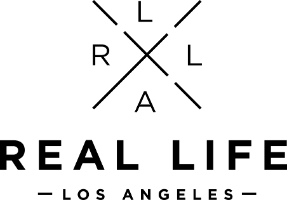Columnist Victor Riesel, a crusader against mob infiltration of unions, was blinded in New York City when an assailant threw sulfuric acid in his face - 1956
Some 14,000 teachers strike Hawaii schools, colleges - 2001
(From Blackjacks to Briefcases is the first book to document the systematic and extensive use by American corporations of professional unionbusters, an ugly profession that surfaced after the Civil War and has grown bolder and more sophisticated with the passage of time. Since the 1980s, hundreds of firms—including the Detroit News, Caterpillar and Pittston Coal, to name but three—have paid out millions of dollars to hired thugs. Some have been in uniforms and carried nightsticks and guns, others have worn three-piece suits and carried attaché cases, but all had one simple mission: to break the backs of workers struggling for decency and fair treatment on the job.)
Working Class Heroes -- via -- www.unionist.com
A huge underground explosion at the Upper Big Branch Mine in Montcoal,
W. Va., kills 29 miners. It was the worst U.S. mine disaster in 40
years. The Massey Energy Co. mine had been cited for two safety infractions the day before the blast; 57 the month before, and 1,342 in the previous five years - 2010
Emergency crews initially gathered at one of the portals for the Upper Big Branch Mine in Birchton, West Virginia, about 2 miles north of Montcoal and 3 miles south of Whitesville on Route 3 (on the west side of the road). Kevin Stricklin, an administrator with the Mine Safety and Health Administration, stated 25 were reported dead and 4 unaccounted for. There are four boreholes to the mine; rescuers said they must drill 1,200 feet (370 m) through one of them to reach the affected area where survivors were located. Officials stated that there are two rescue chambers – ventilated rooms with basic supplies for survival – in the mine. On April 6, 2010, at 2:00 am, high levels of methane and carbon monoxide were detected forcing the team of rescuers to higher ground, further delaying the search.
By Wednesday April 7, 11 bodies had been recovered while 14 still had not. Although there were no indications that the four missing miners were still alive, the operations continued in rescue mode, rather than moving to recovery. Governor Joe Manchin III of West Virginia said, "Everyone is holding on to the hope that is their father, their son." On the morning of April 8, 2010 the rescue efforts were suspended due to dangerous levels of methane in the mine. Smoke in the mine, still present on April 9, indicated that there was an active fire in the mine making conditions hazardous for rescuers. Rescue attempts were set to resume later that day.
According to an Associated Press story the two safety chambers in the mine are inflatable units made by Strata Safety Products with air, water, sanitary facilities, and food sufficient to support more than a dozen miners for about four days; they could possibly support four miners for longer than 96 hours, though only if any miners managed to reach a chamber after the blast.
Late on April 9, West Virginia Governor Joe Manchin announced that the bodies of the 4 miners had been found, bringing the death toll to 29. The miners had not made it to either of the safety chambers. Conditions were so bad in the mine that rescuers who were in the mine on the first day of rescue unknowingly walked past the bodies of the four miners. It was the worst U.S. coal mining disaster in 40 years








No comments:
Post a Comment